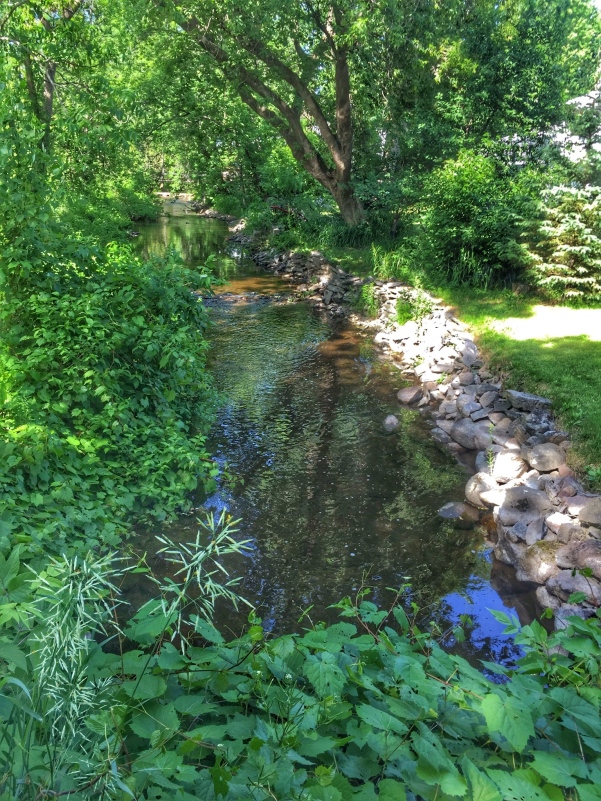
Drawn by the water reflection, I took this photo last year from the docks of Confederation Basin Marina in downtown Kingston. I have since learned that this is a Martello tower, one of four built along the St Lawrence River, to defend Kingston and the entrance to the Rideau Canal leading to the capital city (Ottawa). Back in 1847 there were still border tensions. Martellos were small armed forts built by the British to defend their interests around the world. Pointed roofs were not typical but were added to Canadian towers for snow protection.
Limestone construction is a common sight in Kingston, a city steeped in history. Needless to say, Shoal Tower is a National Historic Site.
∼
of another time
cannon house remains
a haunting presence
∼
life flows on
in presence of the past
reflections
∼
©2016, all rights reserved by ontheland.wordpress.com


















